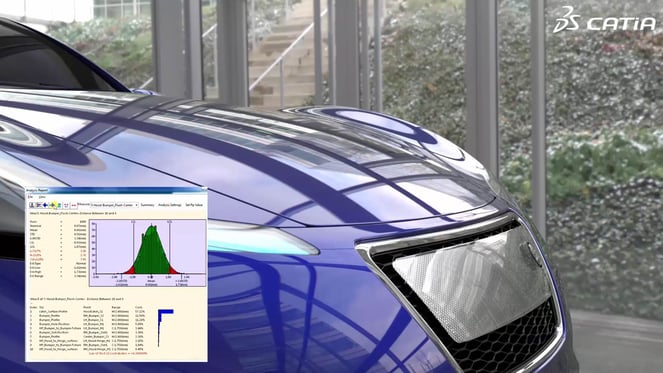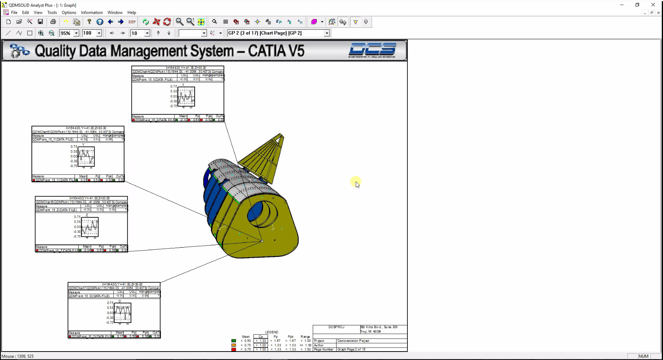The World's Most Used Variation Analysis Software
3DCS Variation Analyst CAA V5 Based Software is used by manufacturers across the globe for Tolerance Analysis to reduce scrap, rework and warranty claims.
3DCS Variation Analyst is used by the world's leading manufacturing OEM's to reduce their costs of quality. By controlling variation and optimizing designs to account for inherent process and part variation, engineers reduce non-conformance, scrap, rework and warranty costs.
The Leading Variation Analysis Solution - What is it?
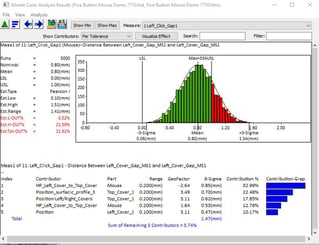 3DCS Variation Analyst CAA V5 Based (3DCS for V5) is an integrated software solution in CATIA V5 that simulates product assembly and part tolerance 3D stack-ups through Monte Carlo Analysis and High-Low-Mean (Sensitivity) Analysis.
3DCS Variation Analyst CAA V5 Based (3DCS for V5) is an integrated software solution in CATIA V5 that simulates product assembly and part tolerance 3D stack-ups through Monte Carlo Analysis and High-Low-Mean (Sensitivity) Analysis.
Activating as a workbench in CATIA, 3DCS for V5 simulates part and process variation with Monte Carlo Simulation to give statistical outputs showing the estimated percent of products that will be out-of-spec, the primary contributing tolerances and parts to variation issues and specified statistical measures such cpk and ppk.
Model Part and Process Variation - How does it work?
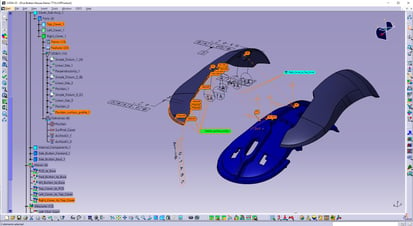 3DCS for V5 uses three methods of simulation; Monte Carlo Simulation, High-Low-Mean (Sensitivity analysis) and GeoFactor Analysis. These together highlight the sources of variation as well as potential build issues in the product.
3DCS for V5 uses three methods of simulation; Monte Carlo Simulation, High-Low-Mean (Sensitivity analysis) and GeoFactor Analysis. These together highlight the sources of variation as well as potential build issues in the product.
By accurately modeling the build process, users can determine how their process will affect the assembly in addition to their part tolerance stack-up. This together essentially creates a virtual prototype that can be used to make decisions about design changes and tooling while reducing scrap and rework.
What is in a 3DCS model? Click to Learn More
Gain New Insight Into Your Design
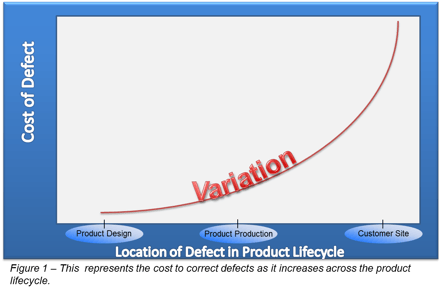 Simulating products in a digital environment gives engineers the ability to account for variation in key areas, reducing rework, non-conformance and scrap at final assembly early in the design phase when changes are least expensive.
Simulating products in a digital environment gives engineers the ability to account for variation in key areas, reducing rework, non-conformance and scrap at final assembly early in the design phase when changes are least expensive.
In addition to this, specifications deemed less critical can be relaxed, increasing tolerances and allowing the user of less expensive manufacturing processes. Creating 3-dimensional tolerance stack-ups let engineers know where to focus in their design, and the ability to create what-if studies allow them to determine solutions that include both process and tolerances to keep costs down and quality up.
The 3DCS technology brought our commitment to product quality and safety by design to an even higher level. The tool not only can quantify our technical decisions but truly helps our IPD teams to numerically and visually discuss spatial dimensional variations and its management early in the design phase.
Daniel C. da Silva, Embraer Tolerance Analysis Team Leader, Embraer

